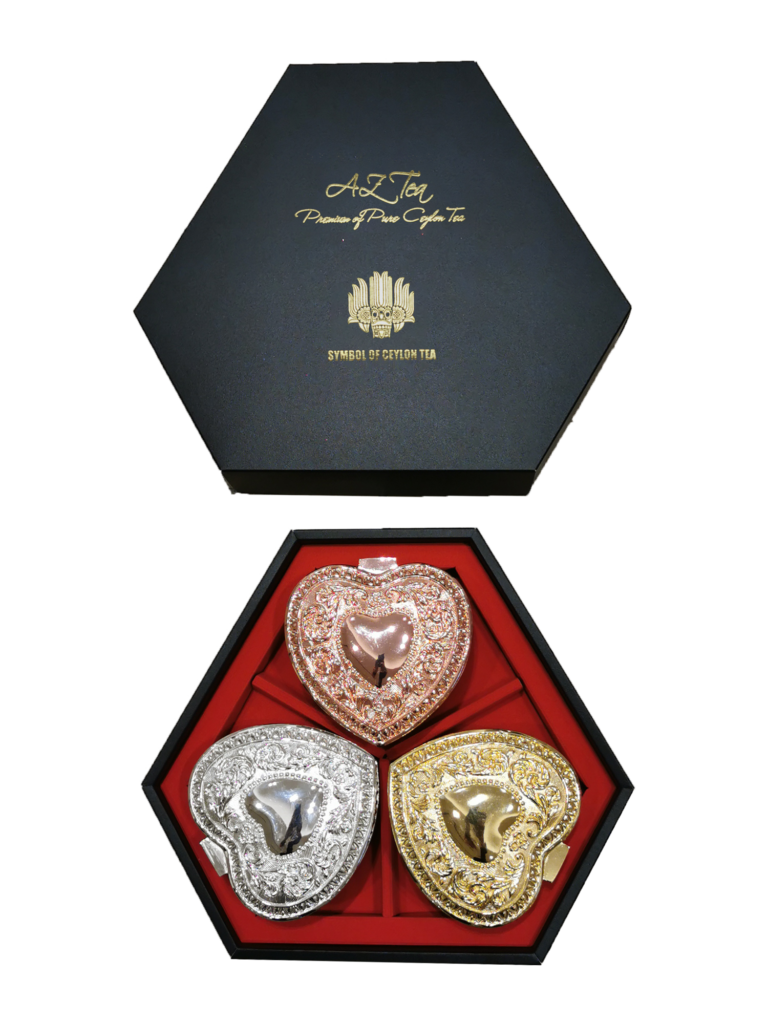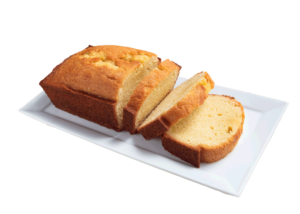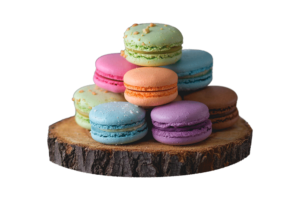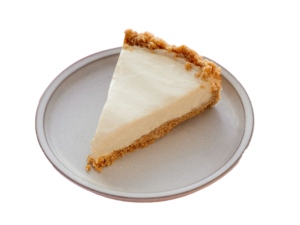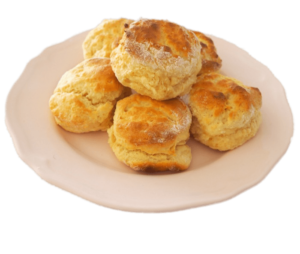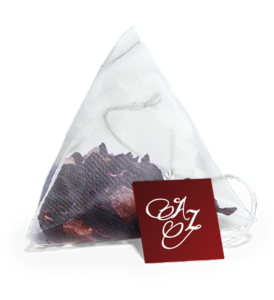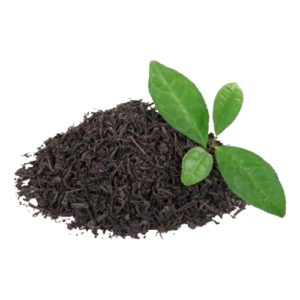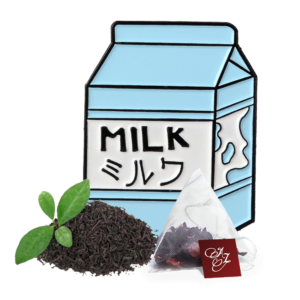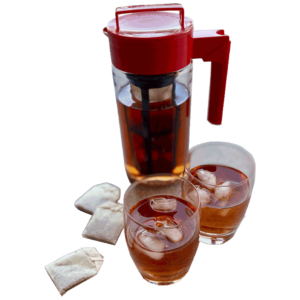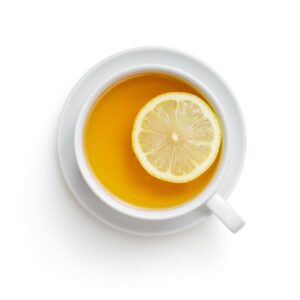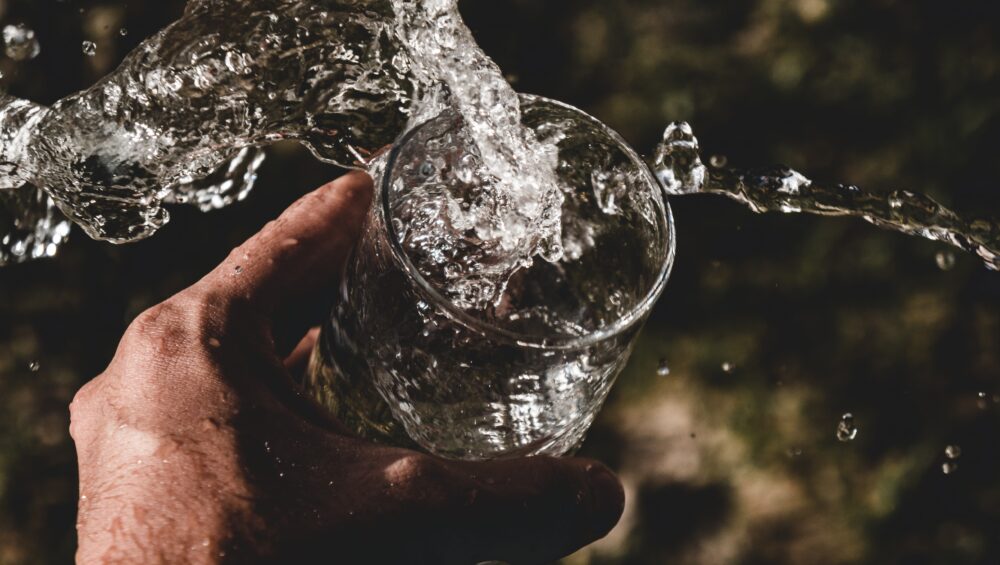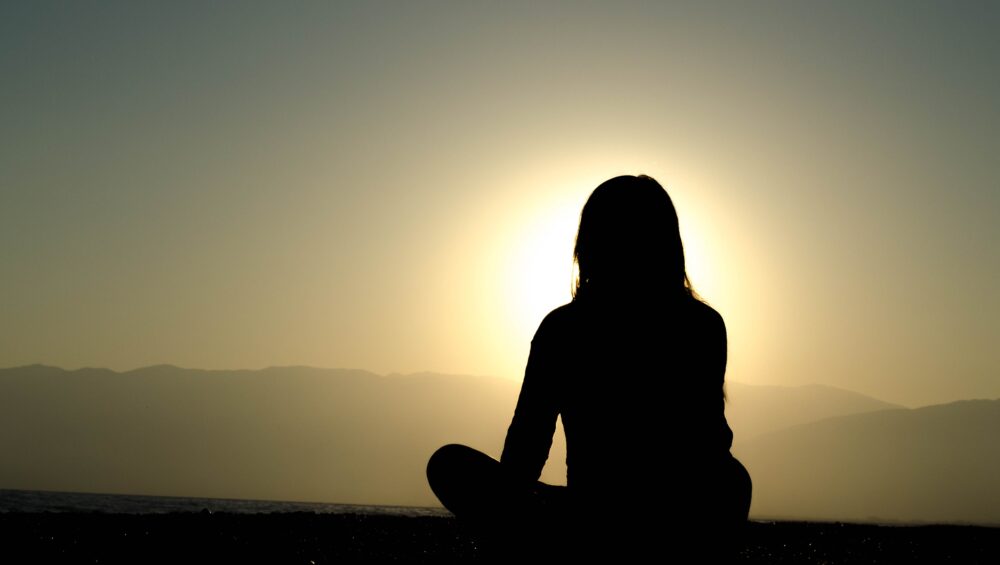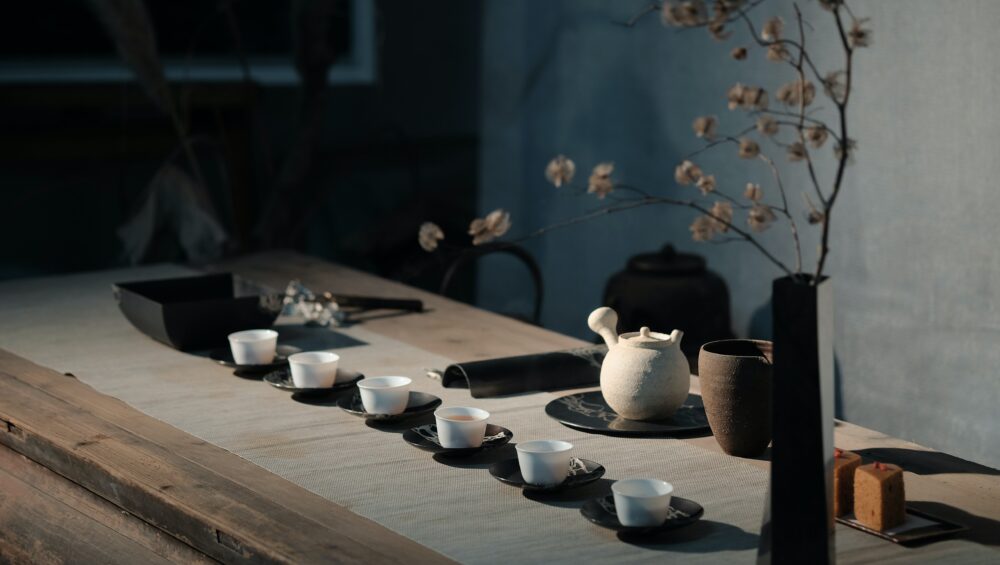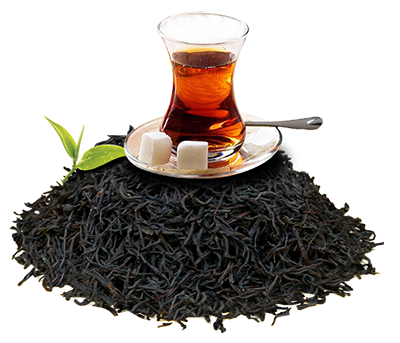 CategoriesCeylon Tea Facts and Knowledge
CategoriesCeylon Tea Facts and KnowledgeThe Ceylon Tea Story
The Ceylon Tea Story | セイロン紅茶物語! 1860 年代スリランカの輸出用農産製品はコーヒーでした。1869 年にHemileiavastatrixカビにより大半の農園がダメージを受け、農園経営者が他の農産物に切り替えざるをえない状況に陥りました。Loolecondera Estate の経営者は 1850 年頃から紅茶に興味を持っており 1866 年にスコットランドからスリランカに入国した James Taylor がスリランカで紅茶の開拓に着手、初の茶園を手がけ 1867 年に 19 エーカーの農園をこの地で作ったのが、セイロン紅茶の始まりです。 Taylor は紅茶栽培の基礎知識を北インドからとりいれ、製造では初期の実験をいくつも bungalow verandah を工場として使い、葉っぱのローリングを手で行い、茶葉の酸化工程の火は七輪で炭によりおこし、さらに金網のトレイでと試行錯誤をかさねました。彼の初期の紅茶は現地で売られ美味しいと好評でした。 1872 年に完全装備の工場を手がけ 1873 年にはロンドンオークションにて、彼が作った最初の紅茶が高価な値段で取引されました。彼は熱心さと的確な決断力で Ceylon 紅茶の初期の成功に大きく貢献し、1873 年当初 23 トンだった量が 1880 年には 81.3 トンまで伸び、1890 年になると 22899.8 トンまで拡大しました。大半の農園はスリランカの標高 3000-8000 フィートの南西の二つの地方にまたがっており、コロンボと南部のゴールから東に位置します。あたたかい霧が立ちこめる平原と丘陸地帯では茶の木が 7-8 日に一回葉が伸び年中茶摘みが行えます。東地区では 6 月末から 8 月末にかけもっとも良い茶葉が収穫され、西地区では 2 月初めから 3 月中旬にとれます。 Father of Ceylon Tea James Taylor | セイロン紅茶の父 ジェイムステイラーさん 1971 年までは 80%以上の農園を英国企業が所有・運営していましたが、1971 年にスリランカ政府の条例により大半の農園が国営化され(輸出用に栽培されていたゴムとココナツまでについても)3 分の 1 程は民営化となりました。1990 年からは再編が行われ国営化の下にあった農園が民営化(国内外の企業)されました。国内情勢等により 1993 年にはかつて世界の生産量第一位だったスリランカは 8 位に転落しました。製造者たちは製造法、製造範囲、輸出マーケット等で決断を迫られました。一時、英国がスリランカの最大マーケットでしたが今は70%近くの生産量がロシア、中東、北アフリカ諸国に出荷されています。中東マーケットは昔ながらのオーソドックスな紅茶を好みますが、消費者は確実にヨーロッパ流の紅茶に移行しつつあり、紅茶をティーバック式で要求するようになっていきました。 標高の高い山々で栽培・生産される紅茶はセイロン紅茶の Champagneシャンパン と呼ばれる! スリランカの昔ながらの高品質紅茶の中でも世界一と賞賛されている紅茶は、ティーバックには適しておりません。1993 年には 3%の製造量がCTCでしたが、製造者は幅広いマーケットの獲得するため、CTC に移管することの決断を迫られました。一部の企業は昔ながらのオーソドックスな紅茶に、いまだマーケットが残されると信じており、その他の企業は今後 CTC に移管していくのではと見ています。お客様はいつでも加工された紅茶類の増加に魅了されているので、缶詰されたもの、木箱に入れられたもの、バスケット等々バラエティーにとんだ品揃えが今日発売されております。スリランカ産茶葉 100%を使われている製品はスリランカ紅茶局が発案したライオンロゴを使用しており、生産地の保証とスリランカの紅茶葉のイメージを保護しています。 スリランカのもっとも良い茶葉は標高 4000 フィートより上の茶園方からとれます。木々は冷たい環境でゆっくり伸び、霜が降りる天候に茶摘みが困難な傾斜の高い山間に植えられているからです。6つの主な紅茶生産地があり、GALLE は島の南部に位置し、RATNAPURA はコロンボから 55 マイル東です。中央部の古都 KANDY、標高が一番高い生産地は NUWARA ELIYA、中央山岳地帯の西には DIMBULA で UWA は DIMBULA の東に位置します。各地で作られる紅茶は香りや味や色が異なります。低地の紅茶は 1500‐1800 フィートの土地で作られ、色・質・香り・味とどれも中高地・高地の紅茶と比べ落ちており主にブレンド用に使われます。中高地産は 1800‐3500 フィートの紅茶で香り・味・色も良く日本人に好まれる質ではないかと思います。高地 3500‐7500 フィートの紅茶は良い香りに光沢のある澄んだ色の紅茶になります。 セイロン紅茶が産声上げた地;Loolecondera Estate トーマスリプトンさんが所有していたスリランカウバ地区の農園
